XDL Championship
FORMAT
The XDL Sportbike Freestyle Championship started as a test event in 2005. At the time we combined drifting with stunt riding to see what kind of entertainment we could create. The experiment didn’t work out so well, but we realized there was a lot of potential with the sport bikes by themselves, if we created a series. We started the XDL series in 2006 with 3 events. We went to four in 2007, and in 2008 XDL became a 6 event points series. It is a championship just like AMA Superbike now. Our big distinction is that XDL caters to the new audience of urban sport bike riders. It is the fastest growing part of the motorcycle market and one that looks like it will keep expanding for at least 10 years. Our competitions generally take place inside cities, as compared to traditional road racing, which takes place on a race track in the sticks. As an example, we run an event with Moto GP at Indy where we block off a street downtown. And the XDL Finals are in Long Beach, right in front of the Queen Mary. So XDL is making a new sport very easily accessible to fans.
XDL represents a sport and our goal is to grow it. In the short term we are focusing on building strong relationships with the top athletes through the national championship. Medium term we want to build out the base some more by sanctioning other competitions and developing a regional ladder system. Long term we’d like to work with motorcycle manufacturers and the industry in general to develop an infrastructure of “riding parks.” One of the big benefits of our sport is that it takes place in a more or less standardized area of 100’ x 300’, which is tiny compared to the space required by a race track, and small enough to easily fit into a parking lot. At some point we envision riding parks in cities just like we have skate parks today. It helps support the sport and helps municipalities and the industry deal with the issue of street stunting. Our plan is a little bit like what Wally Parks did with NHRA back in the 50s and 60s. At the time, street racing was spreading and he saw the roots for a sport. He standardized the format, created a competition system and got people to build 1/4 mile drag strips. Remember, there was a time when we didn’t have drag racing. It is a totally legitimate sport now and fully embraced by the industry (both cars and bikes), but it started just like stunt riding.
A typical XDL event consists of a practice day, followed by either one or two event days. Approximately $10,000 in prize money is up for grabs at each time, and with 6 events that makes an annual purse of $60,000. The main competition, and the one that decides the national championship, is Individual Freestyle. Riders have three minutes to put together a run that covers all the required elements. Individual Freestyle is a judged competition. All riders must qualify and 15 transfer into the main event. The winner is awarded 45 points, 15th receives 3. The top qualifier receives a bonus points and rider participating in qualifying also receives a point. In September of 2008 we started a second points championship called the Aprilia All Star Challenge. It requires a rider to complete a skills course in the shortest amount of time on an Aprilia SXV 4.5. A time bonus can be earned for perfectly executed skill elements. Other competitions are Circle Challenge, which is a head-to-head bracket competition in which riders have to be the first to complete 10 circle wheelie rotations; Sickest Trick, an audience judged competition in which a rider has two attempts to execute a specific trick; and Freestyle Burnout, a one-minute free format intended to get the crowds excited and give riders a chance to let it all hang out.
FREESTYLE JUDGING
XDL was the first to introduce consistent judging and we continue to strive to improve our system. Below is an overview of how it works. If you would like to license our rules and become an XDL-accredited event, please contact Randy Grube at randy@xdlshow.com.
A rider is allowed three minutes to execute a run. During that time judges will evaluate the criteria listed below.
1. Difficulty – This is worth 0-40 points total and rates the technical difficulty of the stunts that are performed, this category is broken down into 4 disciplines, they are wheelies, stoppies, burnouts and acrobatics. Each discipline is worth a maximum of 10 points. Riders must perform at least 2 tricks in each discipline to receive a score in that category. This rewards riders who are attempting and completing the most difficult tricks. It also promotes and rewards riders for being well rounded.
2. Execution – This is worth 0-20 points total and rates how well all the stunts are completed. If a rider attempts to execute a trick but does not complete it he will get penalized 1 point (e.g. clutching up a wheelie results in wheel spin, or stoppie results in front wheel skid, or rider attempts circle and does 180 then comes down). Riders will also be penalized one half point (0.5) for a trick that is completed but not executed perfectly.
3. Overall Performance – This is worth 0-40 points total. Overall performance takes all aspects of the performance into consideration and includes the rider’s appearance, the motorcycle’s appearance, the fluidity of the run and tricks, how well they play to the judges and the crowd. Other keys to a good score in this category are aggression and speed, our judges and fans love to see riders on the edge and pushing the limits!
4. Crash – Riders will lose 3 points for each crash. A crash is defined as a moment where the slider part of the crash cage touches the ground, with or without the rider aboard the motorcycle. For clarification on crashes, if the crash does not disrupt the flow of the run and the rider does not lose control of the motorcycle, then our judges can take a vote. This is necessary because of the varying designs of motorcycle crash protection and the severe lean angle that riders can take their motorcycles while drifting etc.


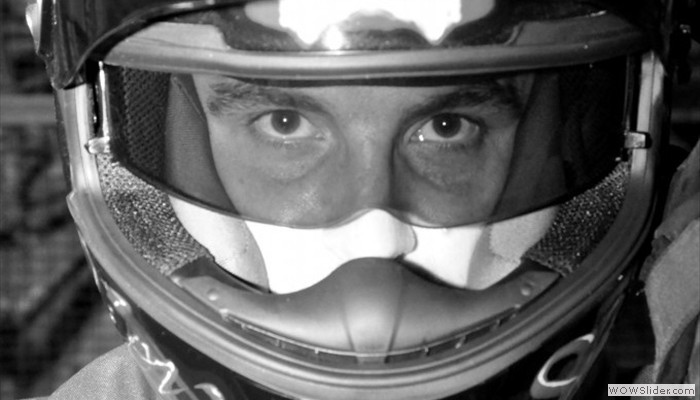
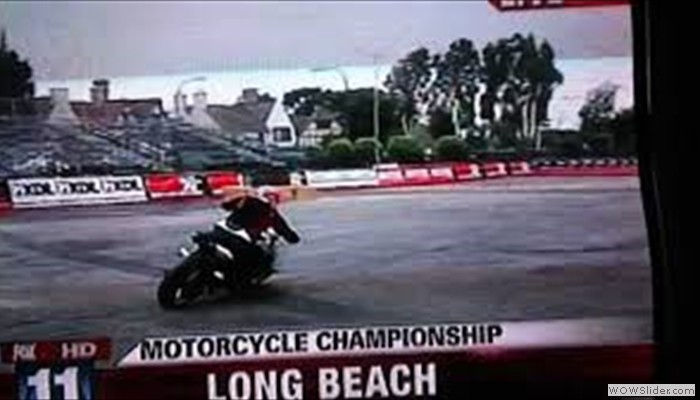
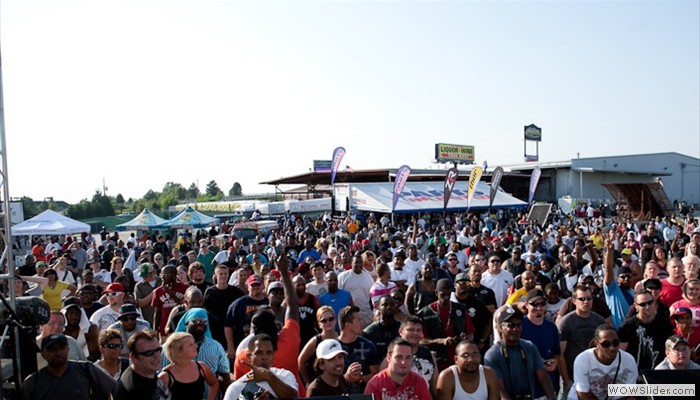


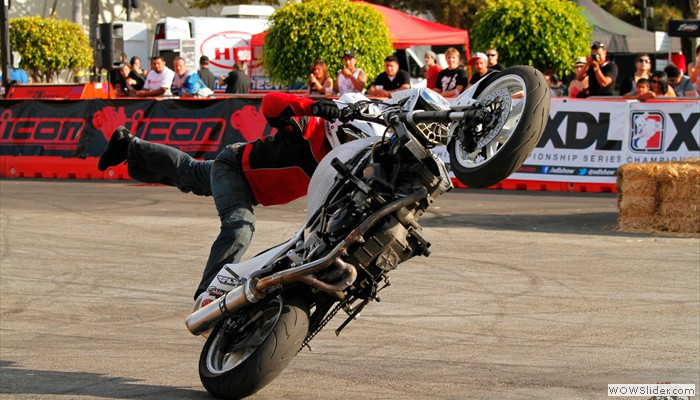

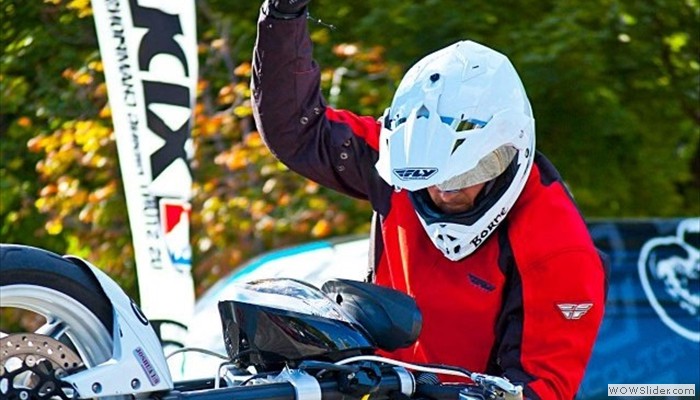
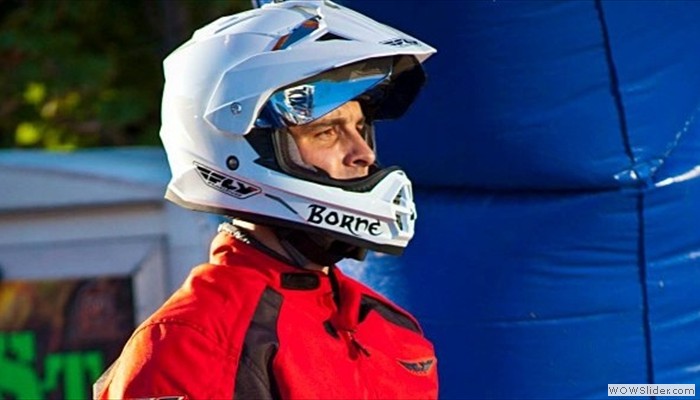


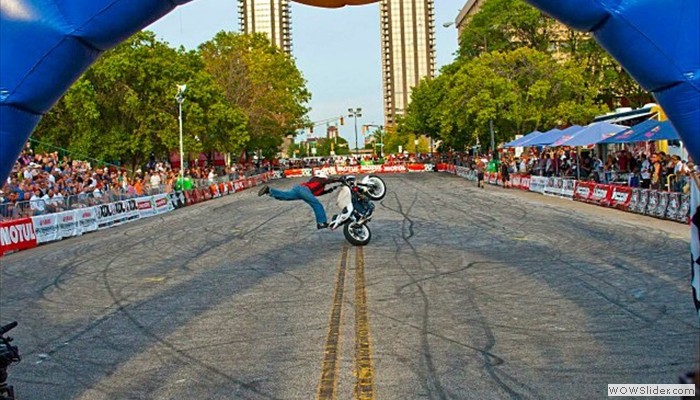
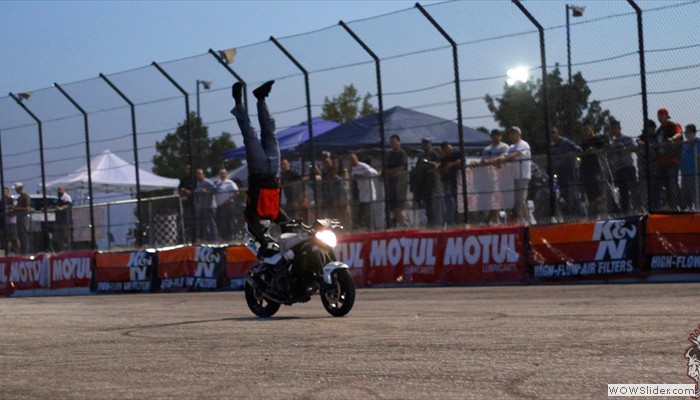


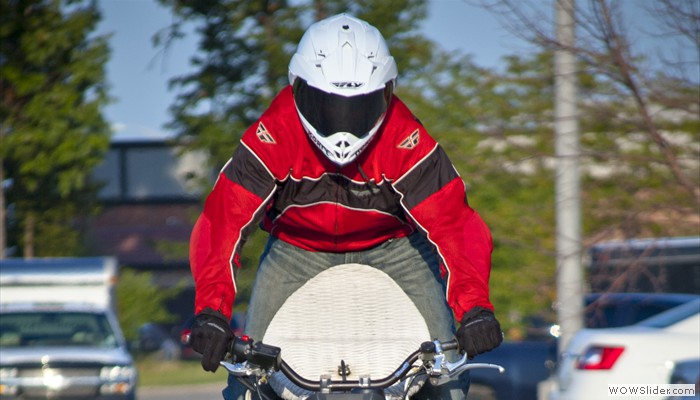

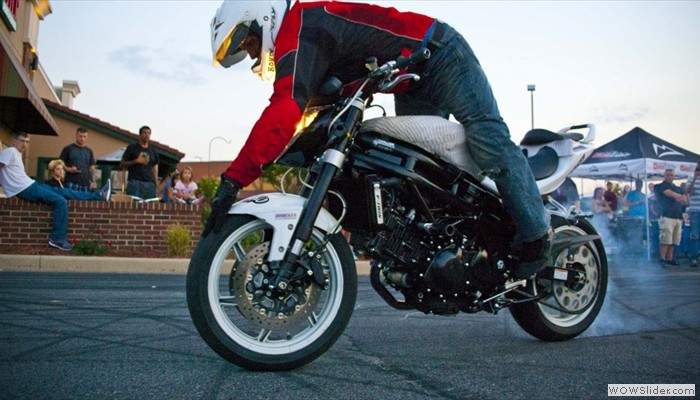


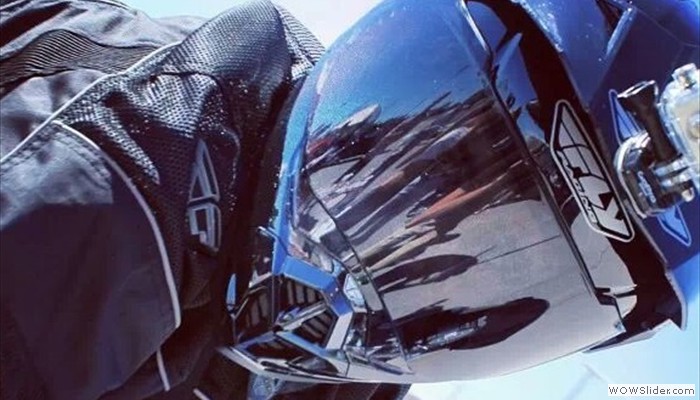
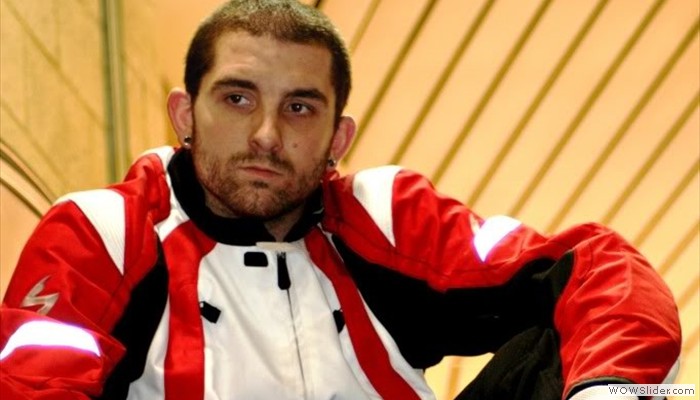
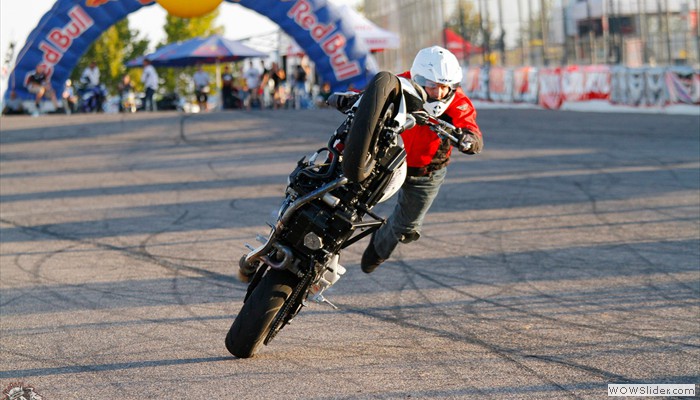
 D5 Creation
D5 Creation